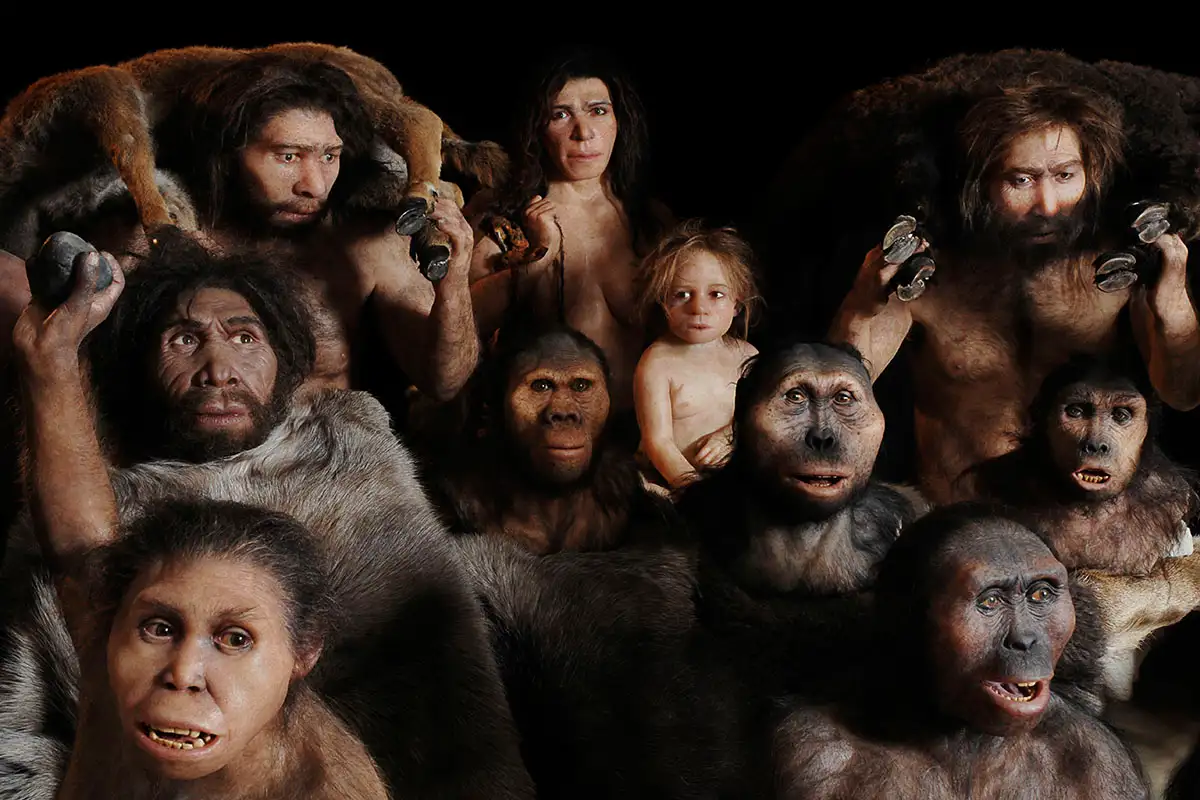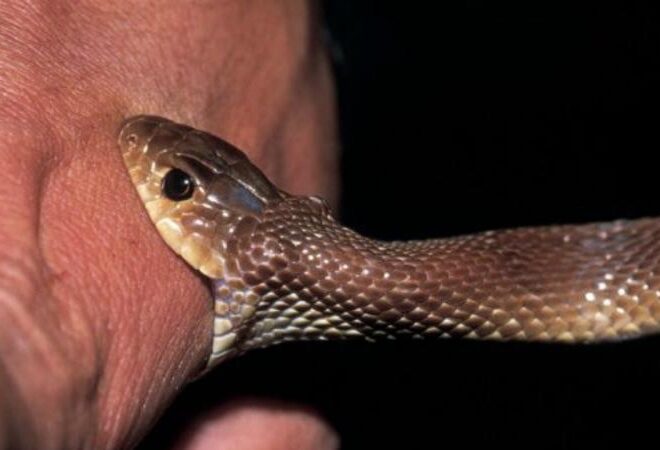
Genetic Mystery of Why Humans Lost Their Tails
As a child, geneticist Bo Xia wondered why humans don’t have tails. Years later, while recovering from a tailbone injury during his PhD at New York University, he found himself pondering the same question again.
Xia and his team have now discovered a genetic change that might explain why our ancestors and other apes lost their tails about 25 million years ago. They studied mice that were genetically modified to mimic this change and found that these mice had shortened or no tails. This discovery took nearly 2.5 years of hard work and was finally published on February 28 after a lengthy review process.
Interestingly, not all primates have tails. Humans, apes, and their ancient relatives have just a small remnant of a tail called the coccyx. Xia, now at the Broad Institute of MIT and Harvard, was drawn to study this due to personal curiosity. He focused on a gene known to affect tail development, called TBXT.
In 1927, a Ukrainian scientist named Nadine Dobrovolskaya-Zavadskaya found a lab mouse with a short tail, which she linked to a mutation in the TBXT gene. Xia discovered that humans and other apes have a specific DNA sequence inserted into the TBXT gene that tail-bearing primates, like monkeys, lack.
Xia and his team revealed that this insertion in the ape TBXT gene results in a shorter protein. When this change was replicated in mice, they showed various tail abnormalities, such as short, missing, bent, or excessively long tails.
Initially, their tests didn’t confirm that this specific genetic tweak caused tail loss in mice. However, a breakthrough came when they modified the mouse TBXT gene to mimic the human gene’s incorrect splicing. Mice with this genetic alteration had short or missing tails.
Further tests confirmed their findings, showing that this genetic change contributes to tail loss, though it’s not the only factor. The team also studied over 140 genes related to tail development, identifying other ape-specific genetic modifications that could influence tail loss.
The research suggests that tail loss might have helped our ancestors with upright walking and reduced tree climbing, though some scientists remain skeptical, pointing to fossil evidence that suggests bipedalism developed later.
Apes are among several primates without tails, indicating multiple evolutionary paths to taillessness. Xia concludes, “Probably, there are multiple ways of losing a tail during development. Our ancestors chose this way.”



